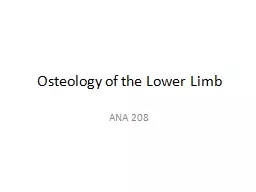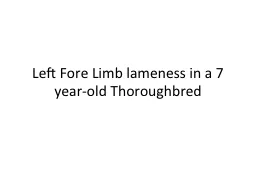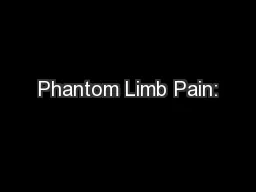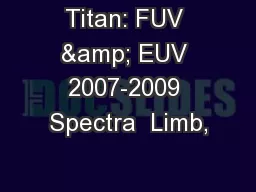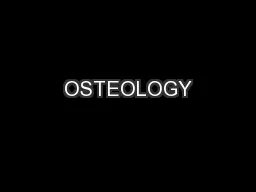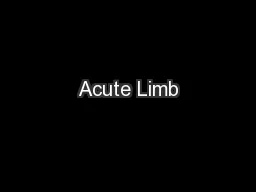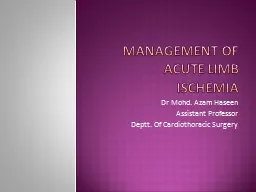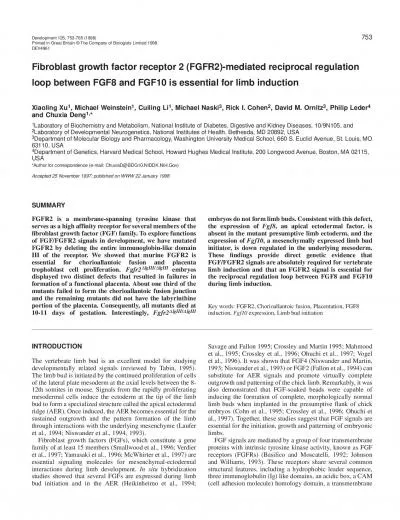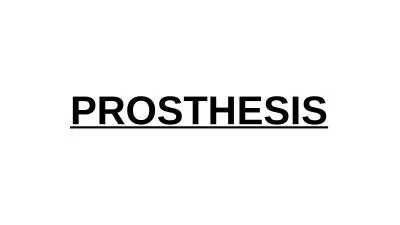PPT-Osteology of the Lower Limb
Author : CutiePatootie | Published Date : 2022-08-03
ANA 208 Lecture Schedule Introduction Osteology of Lower limb Inguinal region Gluteal region Compartments of the thigh Femoral triangle and adductor canal Popliteal
Presentation Embed Code
Download Presentation
Download Presentation The PPT/PDF document "Osteology of the Lower Limb" is the property of its rightful owner. Permission is granted to download and print the materials on this website for personal, non-commercial use only, and to display it on your personal computer provided you do not modify the materials and that you retain all copyright notices contained in the materials. By downloading content from our website, you accept the terms of this agreement.
Osteology of the Lower Limb: Transcript
Download Rules Of Document
"Osteology of the Lower Limb"The content belongs to its owner. You may download and print it for personal use, without modification, and keep all copyright notices. By downloading, you agree to these terms.
Related Documents

